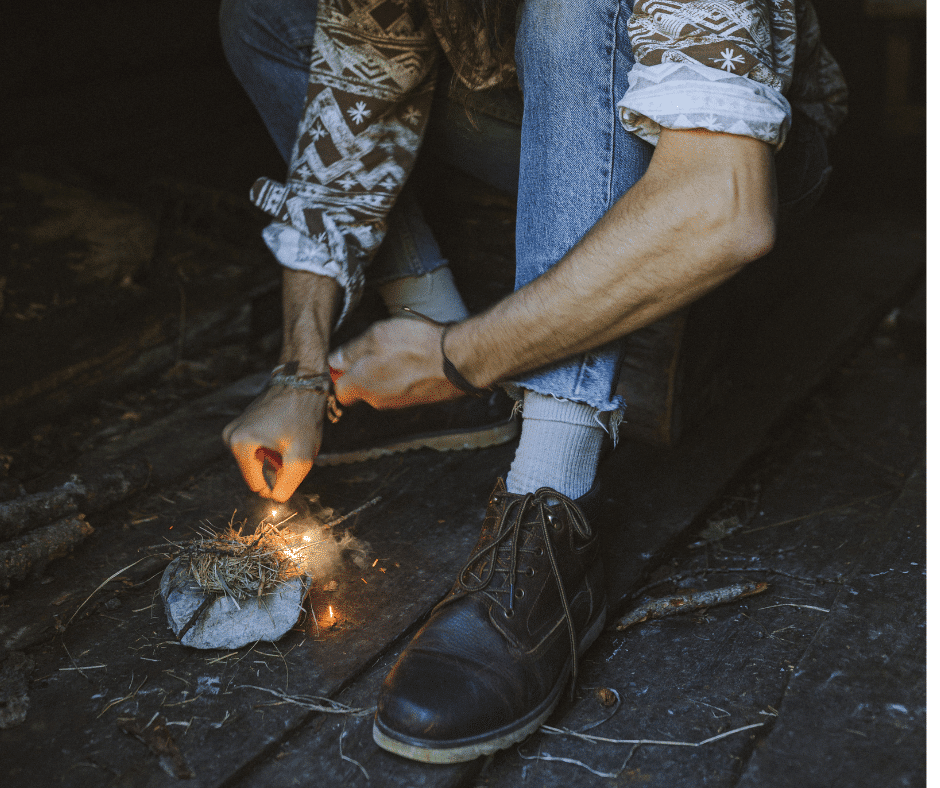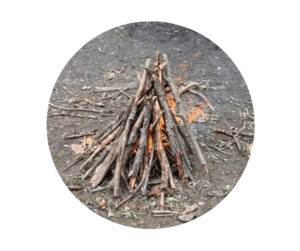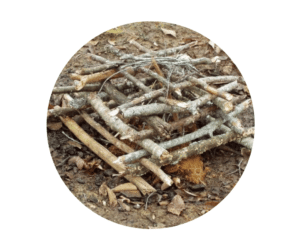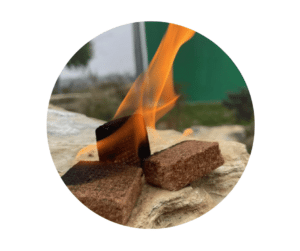How to Start a Campfire!
How to Start a Campfire: Tips, Tricks, and Methods for a Perfect Blaze
One of the best parts of camping — especially on an RV road trip — is gathering around a warm, crackling campfire. Whether you’re roasting marshmallows, telling stories, or just soaking in the peaceful glow, knowing how to build a great fire is key. There are a few classic methods to get your fire going, each with its own perks and challenges.
The Traditional Teepee Method
The traditional teepee method is a favorite for many campers. Start by placing a small pile of tinder—like dry leaves, pine needles, or paper—in the center. Then arrange kindling sticks around the tinder in a cone shape, leaving enough gaps for air to flow. Light the tinder and watch the flames grow upward through the teepee structure. This method is visually satisfying and promotes good airflow, helping your fire catch quickly. However, it can collapse if the sticks aren’t balanced well, and it relies on having dry materials. If your kindling is damp, the fire may struggle to get going.
 The Log Cabin Method
The Log Cabin Method
Another solid option is the log cabin method. Begin with a small pile of tinder and kindling, then build a square frame around it with larger logs stacked in alternating layers, like constructing a tiny cabin. This setup creates a strong, long-lasting fire that’s perfect for cooking or keeping warm over time. The downside is it takes a bit more time and firewood to build, which might be tricky if you’re short on supplies.
 The Firestarter or Chimney Method
The Firestarter or Chimney Method
For those looking for convenience, the firestarter or chimney method is ideal. Using commercial firestarters such as wax cubes or fire-starting sticks, you place one in the middle with tinder and kindling arranged around it. Lighting the firestarter quickly ignites the rest of the materials. This method is especially helpful in damp conditions and is beginner-friendly. The main drawback is needing to have firestarters on hand—you can’t improvise as easily if you forget them. You can also use liquid firestarter, but this can sometimes create a foul smelling fire/smoke that takes away from the enjoyment.
 Tips and Tricks for a Successful Campfire
Tips and Tricks for a Successful Campfire
Regardless of the method you choose, a few tips can really help your campfire succeed. Always use dry, seasoned wood—wet or green wood will smoke excessively and resist lighting. Tinder should be lightweight and catch fire easily; options like cotton balls with petroleum jelly or dry grass work wonders. Build your fire gradually, starting small with tinder and kindling before adding larger logs, and never stack wood too tightly so air can circulate freely. Remember to keep a bucket of water or dirt nearby to extinguish your fire safely. Lastly, always check campground rules about fires—some places restrict open flames during dry seasons or due to wildfire risk.
Safety is paramount. Never leave your campfire unattended and fully extinguish it before sleeping or leaving the site. Pour water over the fire, stir the ashes, and continue adding water until everything is cold to the touch.
Mastering these campfire methods will make your RV camping experience even more memorable. So gather your wood, spark that flame, and enjoy the magic of a campfire under the stars.



 The Log Cabin Method
The Log Cabin Method The Firestarter or Chimney Method
The Firestarter or Chimney Method Tips and Tricks for a Successful Campfire
Tips and Tricks for a Successful Campfire